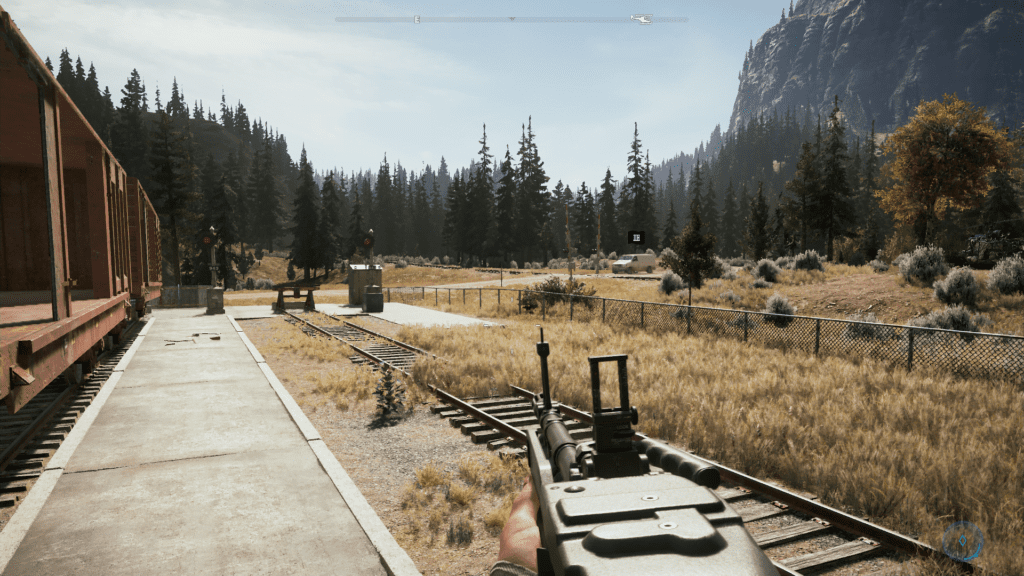
Is your game stuttering? does it lag in graphics intense scenes? It’s a very common problem, especially for gaming notebooks and mid-end PCs. There could be numerous reasons for it, which include low RAM, weak processor, or the discrete graphics card itself. Often people don’t bother to tweak the game graphics, features like V-Sync could help stabilize the gameplay, but it might also result in lower FPS. What V-Sync does is matches the refresh rate with the game runtime accurately, which prevents audio lag and screen tearing. Just as the name says, vertical sync synchronizes the game with the refresh rate. This option isn’t known by many, for which many gamers don’t bother to test it out, assuming it to be a more graphics-consuming setting.
Also read: How to Optimize Low-end PC for Gaming?
Why FPS limiter?
Another tweak which we’ve tested is the FPS limiter. This setting shouts itself loud. But did you know that this could also result in stable performance? When you set the locker to a specific Frame setting, it doesn’t force your system to go that extra mile, which gradually decreases the pressure in most cases. While using an FPS locker, you can try lowering it to 2-3 frames of what your actual display is capable of. If your PC is capable enough to run the game at a high frame rate, without screen tearing, then it’s better to have V-Sync turned off. If you’re playing on a 144hz monitor and facing screen tearing, then you can set the Frame rate to 60FPS and turn on V-Sync. This will ensure stable performance in the long run. FPS limiter can do wonders on laptops. Post turning on the setting, your system will focus on a limited Frame rate, instead of over-revving to achieve an unnecessary high frame.
*Note: These settings are not necessarily meant for competitive games.*